Emperor Go-daigo, Japan’s Charismatic Emperor
In 2019, Japan will celebrate the crowning of its 126th emperor. In Japan’s long line of emperors, one in particular stands out for his pride, charismatic nature, and determination to rule; this is none other than the infamous Emperor Go-daigo [後醍醐]. Emperor Go-daigo (1288-1339) destroyed the first Kamakura government and re-established imperial rule, though it lasted only a few years. Some people call him egotistic, some call him a strong emperor, but there is no denying that he is one of the most popular emperors in Japanese history.
Battle of the Blue bloods: The Daikaku-ji and Jimyoin-to
At the end of the Kamakura Period, the imperial family was in trouble. In 1246 Emperor Go-saga, abdicated to his son, Emperor Go-fukakusa. However, G-osaga quickly realized it would be better to make his brother (Emperor Kameyama) emperor. So, Go-saga requested Go-fukasa to abdicate to Kameyama. Go-fukakusa followed his father’s instructions and soon Kameyama became emperor.
However, things did not remain amiable between Kameyama and Go-fukakusa. After Go-saga passed away, Go-fukakusa claimed it unfair that his son, (Emperor Fushimi), might not be able to become the next emperor. However, when Emperor Fushimi abdicated to his son (Emperor Go-fushimi), Kameyama felt it was unfair, worrying that his own son would never rule. Bad blood grew between these two branches of the family, ultimately splitting the imperial family in two different groups: the Jimyo-in [持明院] (Go-fukakusa) and the Daikaku-ji [大覚寺] (Kameyama).
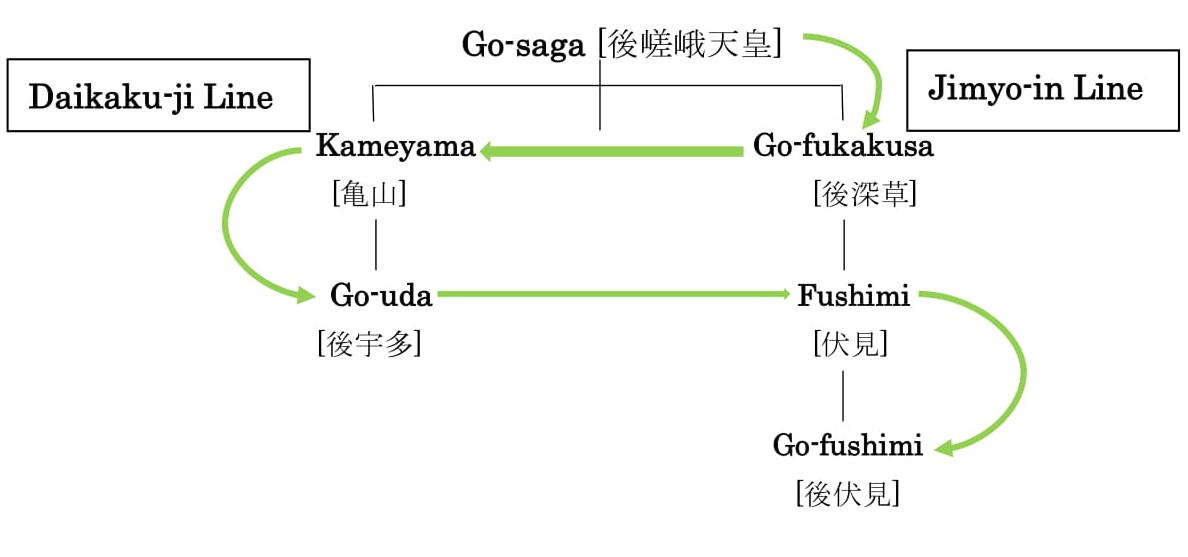
The quarrel between these two branches of the imperial family went on for several generations. Eventually, the government intervened and concluded that the Daikaku-ji line and Jimyo-in line alternate ruling for 10 years each.
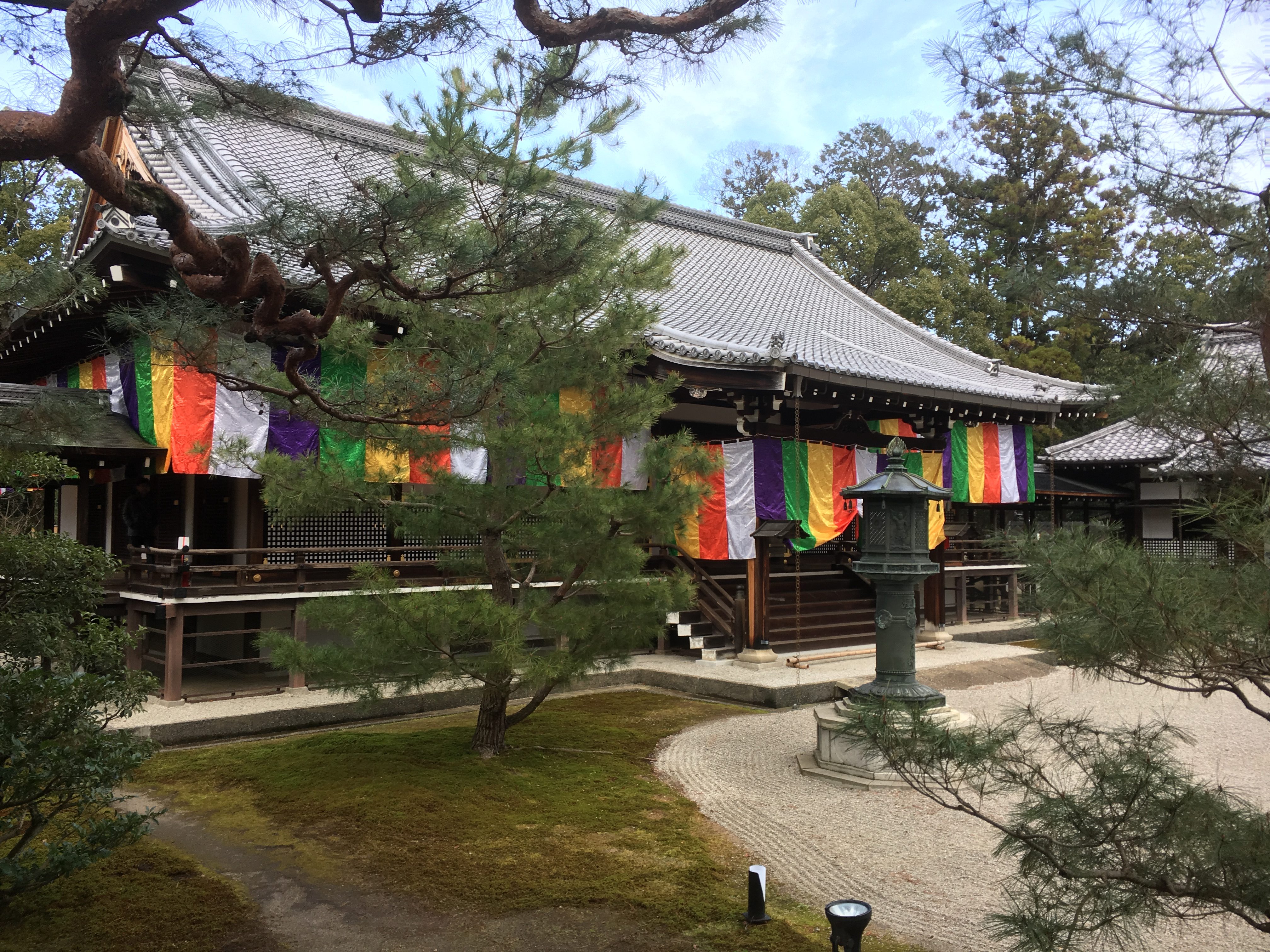
The Samurais’ Grudge
Around the end of Kamakura government, the imperial family were not the only ones with problems; the samurai were struggling too. During the Kamakura Period, samurai and the Kamakura government has a strong relationship bound by the practice of hoko [奉公] and goon [御恩]. A hoko is samurai’s devotion to the government, such as fighting wars for the government whenever necessary and goon is when the government gives samurai land or other spoils for fighting in those wars.
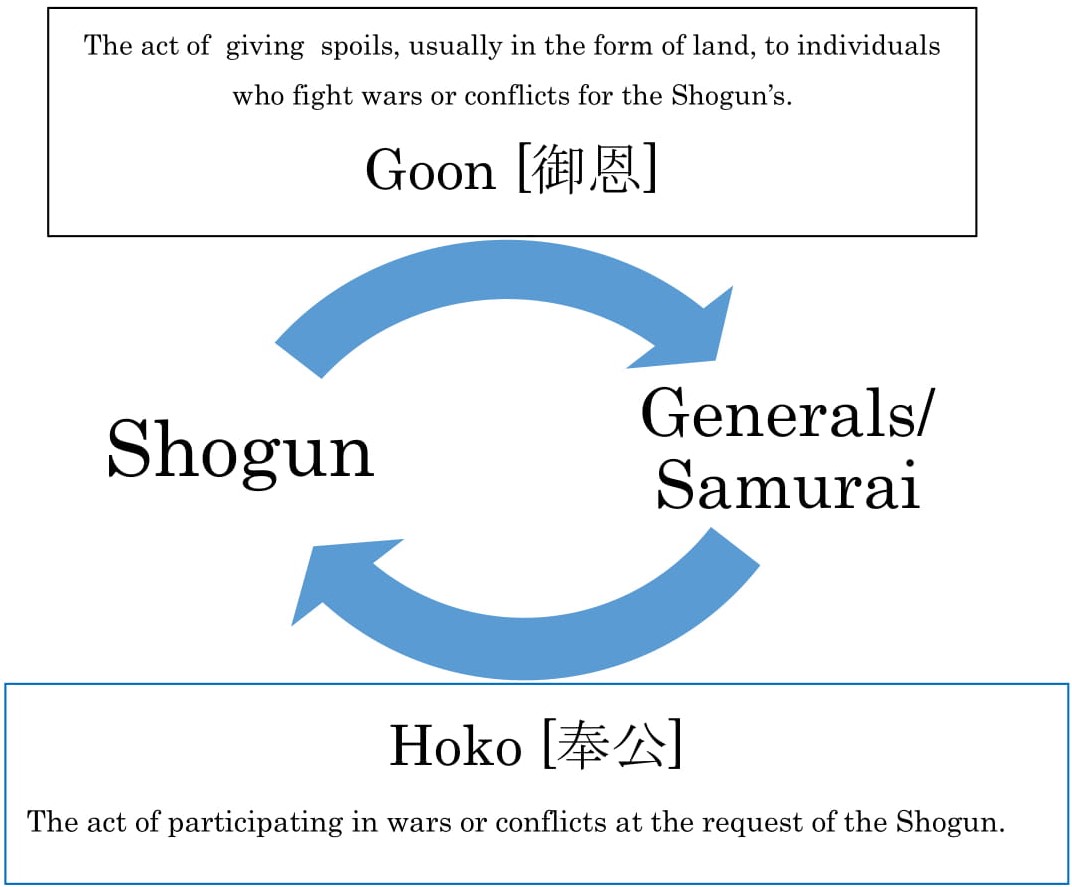
This practice worked very well….until the Mongolians came. In 1274 and 1281, the Mongolians attempted invade Japan. They were much stronger than Japan imagined, but fortunately in 1281 Japan won by a fluke when a strong wind blew across the Sea of Japan, smashing much of the Mongolian’s ships. This event is of course the origin of the term kamikaze, since the divine wind came to protect Japan from invasion.
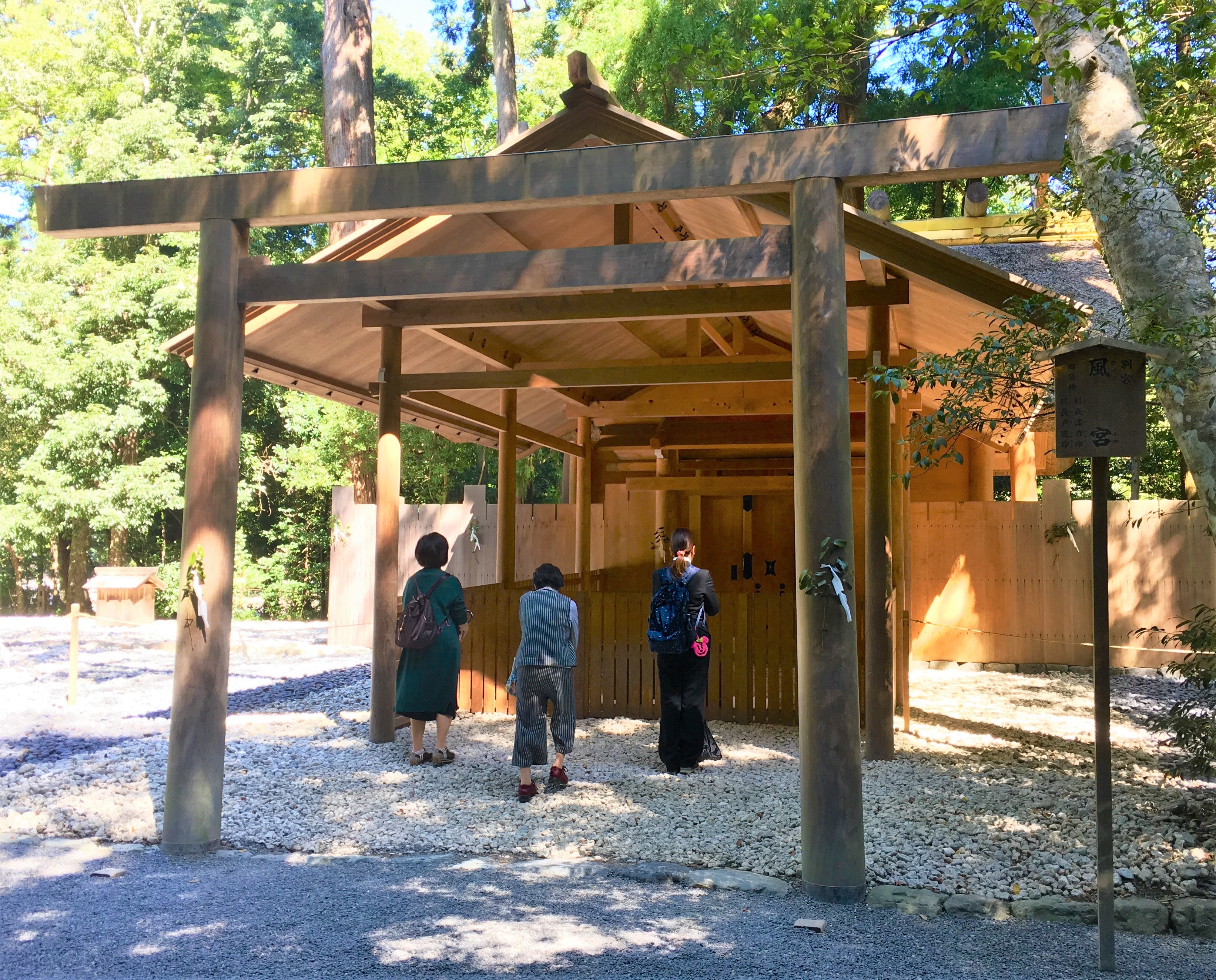
However, the problems soon emerged after the war against the Mongols. Despite the valiant samurai battling tooth and nail to protect their country, the Kamakura government did not reward them, since the Mongolians were a foreign threat. Refusing to reward the samurai appropriately for their service left many of them poor and disgruntled.
Emperor Go-daigo and the Kamakura Government
Then finally tension between the Kamakura government and the imperial family exploded. In 1288, Gouda’s son Takaharu, later known as Emperor Go-daigo was born from the Daikakuji-line. His brother, Emperor Go-nijyo, suddenly passed away and Emperor Hanazono of Jimyo-in line got crowned after his death. However, when Hanazono gave his throne to Go-nijyo’s son, Prince Kuniyoshi, the boy was still very young. So, until Kuniyoshi was old enough to be emperor, Go-daigo ruled in his stead.
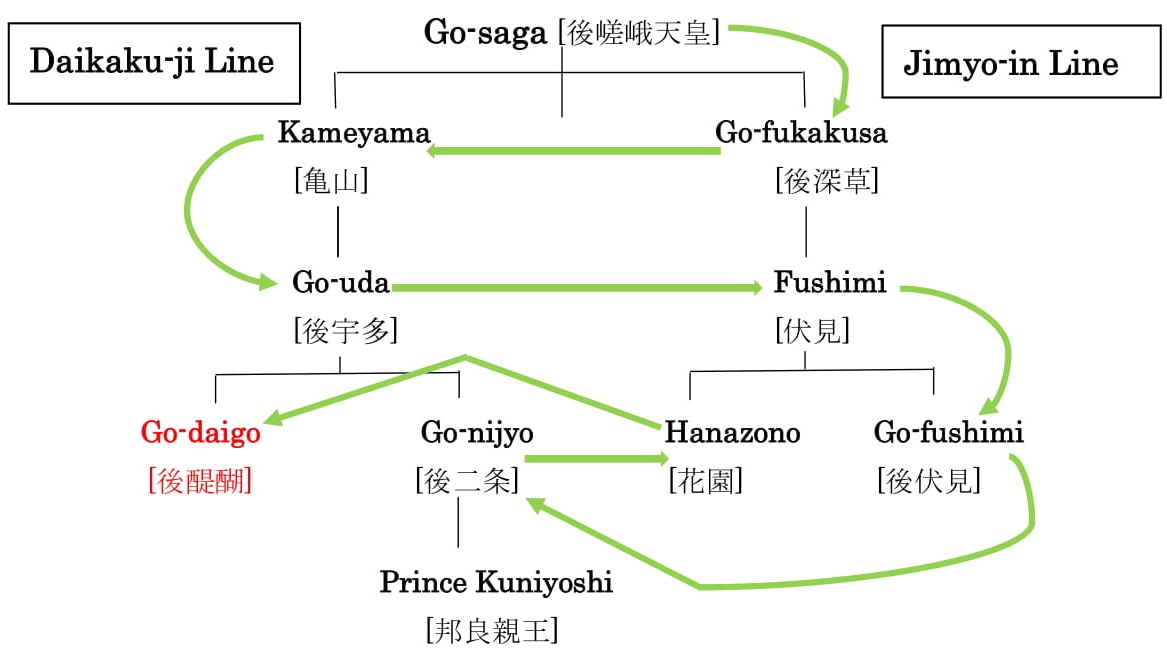
Despite being able to serve as emperor, Go-daigo was not happy at all. Not only would his reign be limited to a short 10 years, but his son did not have right to be an emperor at all. In order to be a true emperor, Go-daigo realized he needed to take down the Kamakura government.
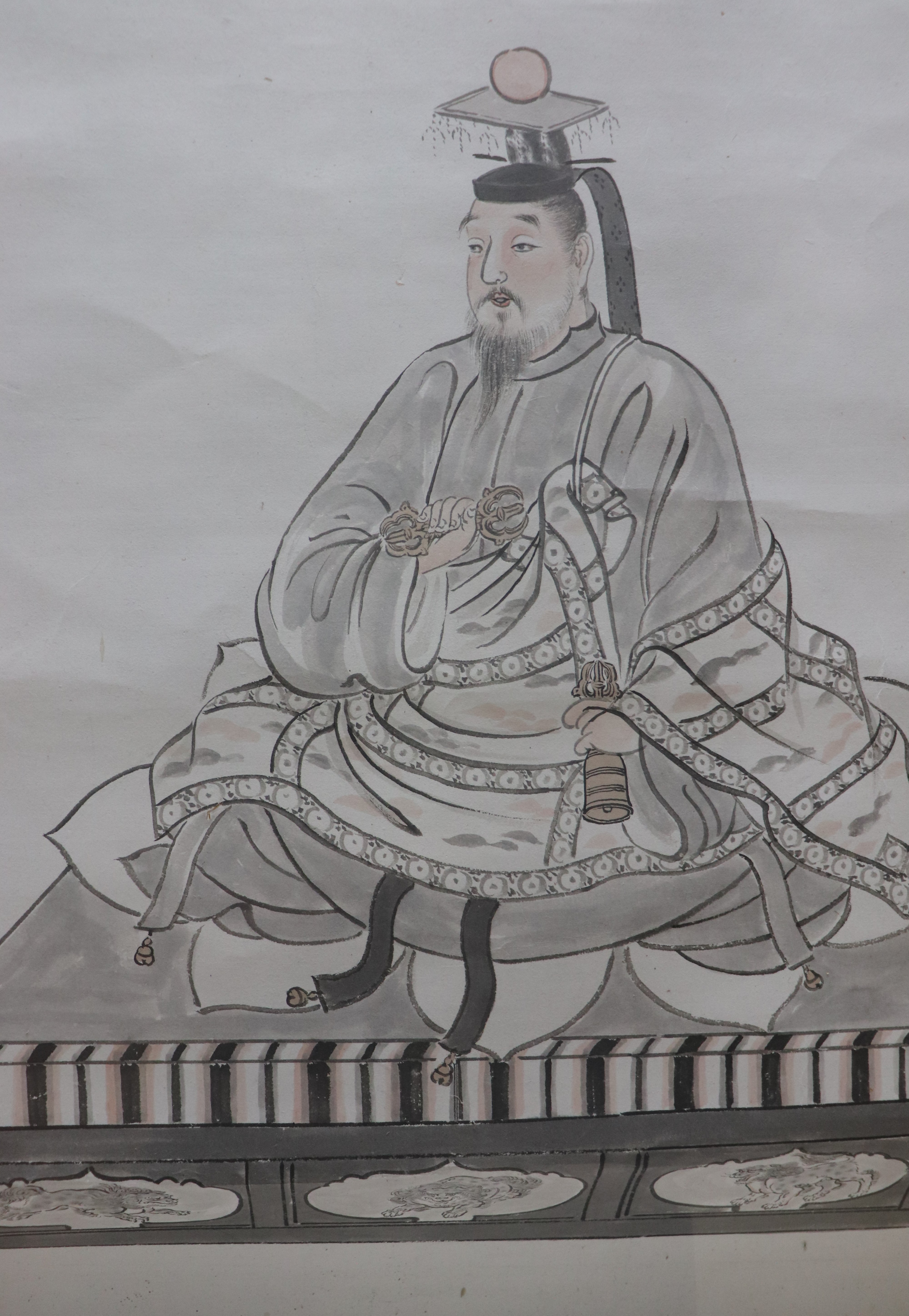
Go-daigo hosted a party every night and plotted to destroy the government, but it was not that easy. Someone leaked his scheming to the government they arrested him. Go-daigo avoided punishment, but everyone connected to the plot was either exiled or killed. However, Go-daigo did not give up. He soon came up with a second plot, but it was also leaked. Realizing it was impossible to plan his takeover in Kyoto, Go-daigo secretly fled to Nara disguised like a woman with Imperial Regalia of Japan, and declared war against Kamakura Government.
[mappress mapid=”169″ width=”95%”] distance from Kyoto to Oki Island
Although there Emperor Go-daigo did have supporters, the Kamakura government was very strong. Famous warriors such as Ashikaga Takauji, aided the Kamkura government easily ending Go-daigo’s war. He was exiled to Oki Island, the same place Emperor Gotoba was exiled and also died. Oki is simply very far away, making it next to impossible to come back even to the main island.
The Fall of the Kamakura Government
However, Go-daigo’s efforts against government did not stop. Not only Go-daigo’s son, Prince Moriyoshi, but also Osaka’s war hero, Kusunoki Masashige [楠木正成], declared war against the Kamakura government. Many dissatisfied samurai also joined the efforts to over throw the government. Eventually, somehow Go-daigo escaped from Oki and immediately declared war against the Kamakura government again.

In order to end this war, the Kamakura Government dispatched several of its strongest generals, including Ashikaga Takauji [足利尊氏]. However, this time Ashikaga Takauji had completely lost faith in the government. Instead, he joined Go-daigo’s forces and destroyed the Rokuhara Tandai (the branch of Kamakura government in Kyoto. Remember, Kamakura is in Kanto, not Kyoto!).
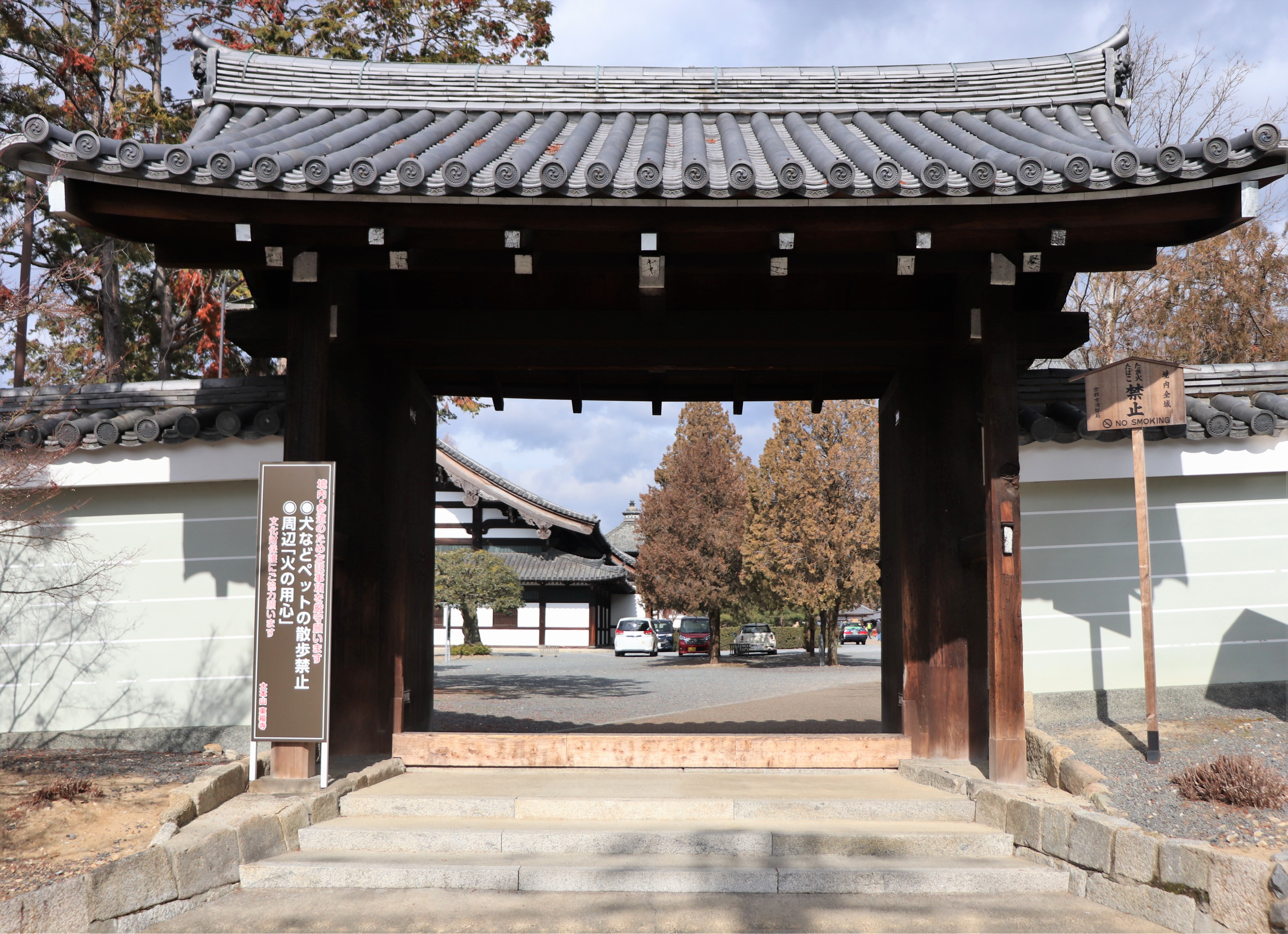
Things got even worse for the Kamakura government when, Nitta Yoshisada, another of their strongest generals betrayed and attacked them instead. The shogun of the Kamakura government, Hojo Takatoki, realizing it is no longer possible to keep Kamakura Government, committed suicide in Kamakura. With the death of the shogun, the Kamakura Government officially ended in 1333. Emperor Go-daigo was at last victorious.
Emperor Go-daigo’s Government: The Kenmu Restoration
After Go-daigo’s victory over the Kamakura government, Go-daigo started his new government; this period is commonly called the Kenmu Restoration. Unfortunately, in a nut shell, this new government didn’t work well and collapsed quickly.
Here are a few of the main reasons why the Kenmu Restoration failed:
- Go-daigo did not seem to appreciate the samurai who fought for him during the war.
- Nullification of all the laws made by Kamakura government.
- Go-daigo re-judged all the court cases already adjourned by Kamakura government.
Emperor Go-daigo became like an autocrat struggling for control. Quickly the country fell into chaos. People faked wars, and demanded rewards for nothing, some even issued fake orders from the emperor.
In particular, Ashikaga Takauji, who greatly contributed to the downfall of the Kamakura government, didn’t receive much reward from the emperor and was immensely dissatisfied with the new government. Frustrated, he launched a war against Emperor Go-daigo. Though the emperor was able to force Ashikaga Takauji to flee Kyoto, Takauji formed alliances in Kyushu and defeated Go-daigo’s strongest warriors such as Kusunoki Masashige, Kitabatake Akiie and Nitta Yoshisada. Realizing defeat was inevitable, Emperor Go-daigo handed over the Imperial Regalia of Japan and his new government was gone after only in two years.
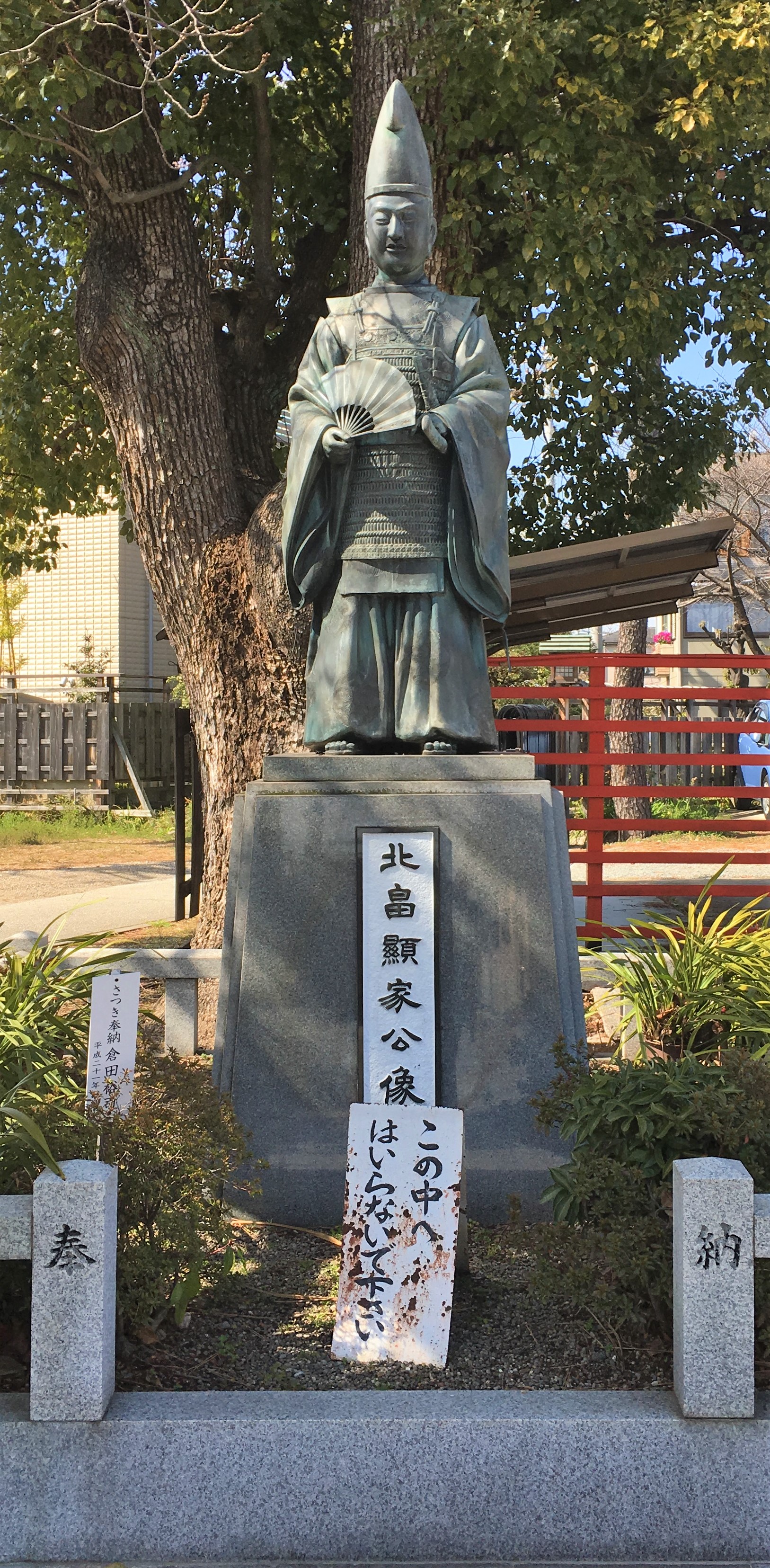
The Southern Court and the Death of Emperor Go-daigo
In an instant, the reign of Emperor Go-daigo was over. Ashikaga Takauji began a new government with alongside Emperor Komyo. Peace had finally returned to the country; at least, that is what everyone thought.
The Imperial Regalia Emperor Go-daigo gave Ashikaga were actually fake! Emperor Go-daigo fled to Yoshino with the real regalia and started his own government there. This turn of events meant there were two emperors at the same time: The Northern Court [北朝] of Kyoto and the Southern Court [南朝] in Yoshino.
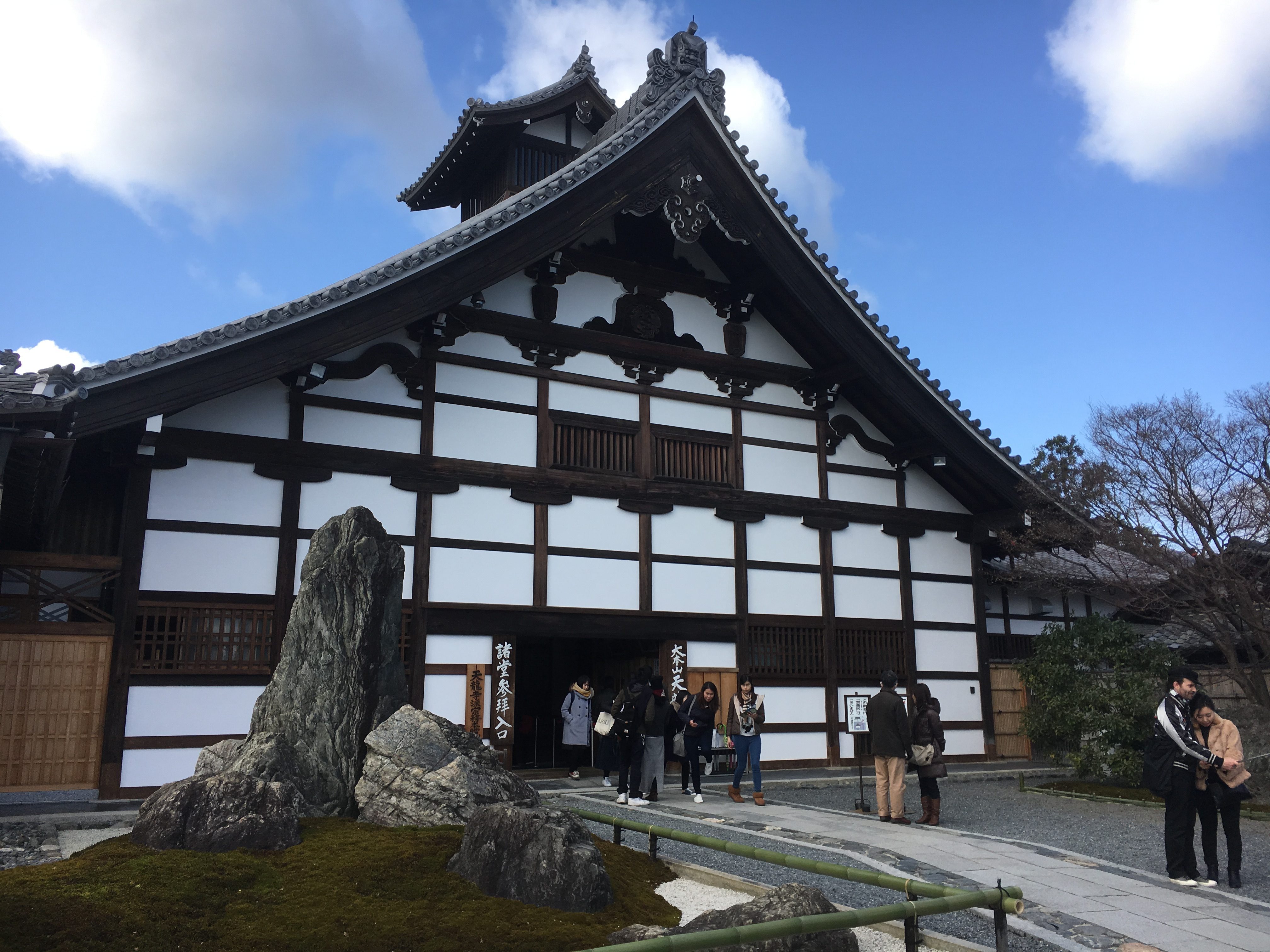
Of course, the problem became who is the true emperor. It wasn’t until the Meiji Period that the emperor at long last decided that the descendants of Go-daigo held true authority.
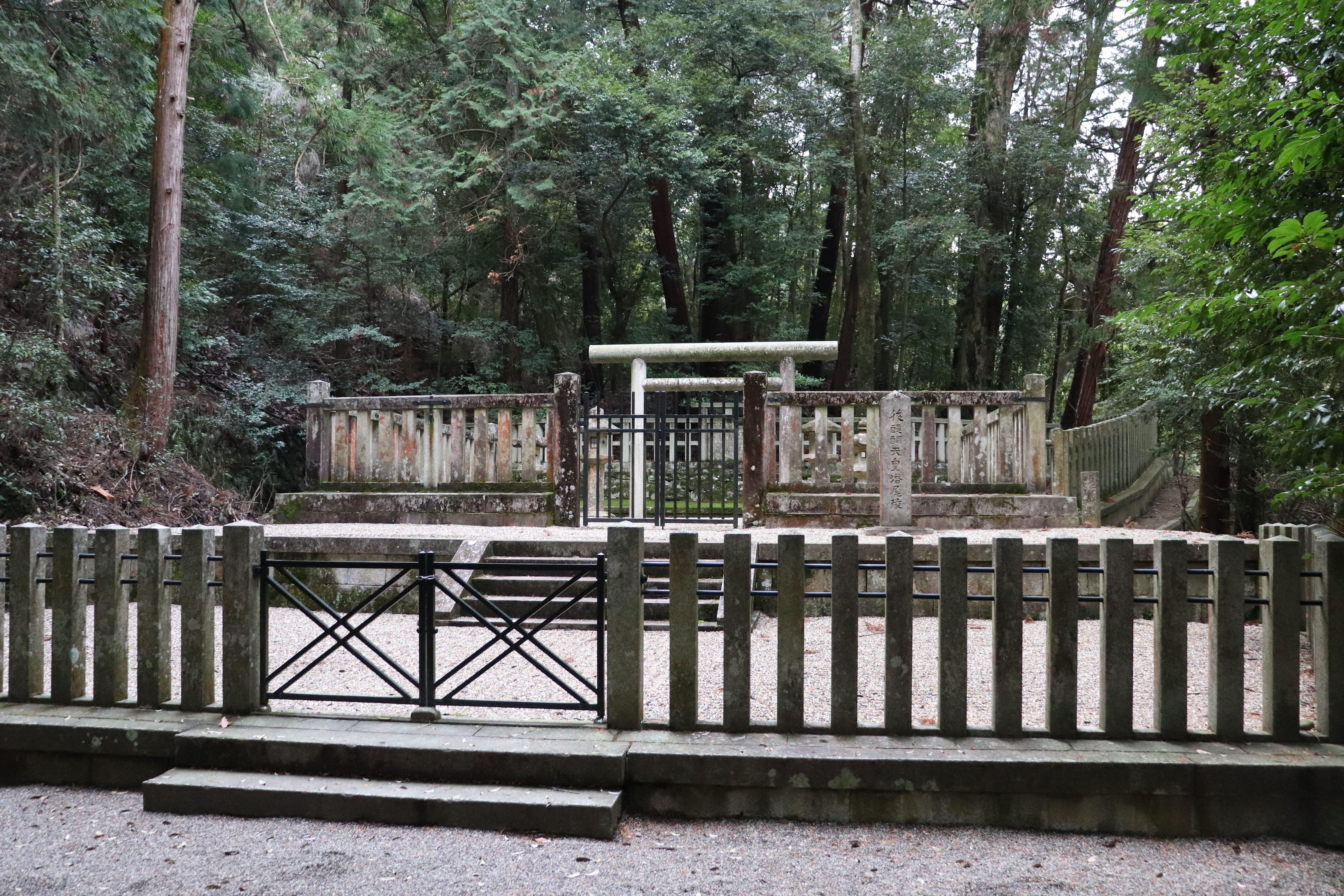
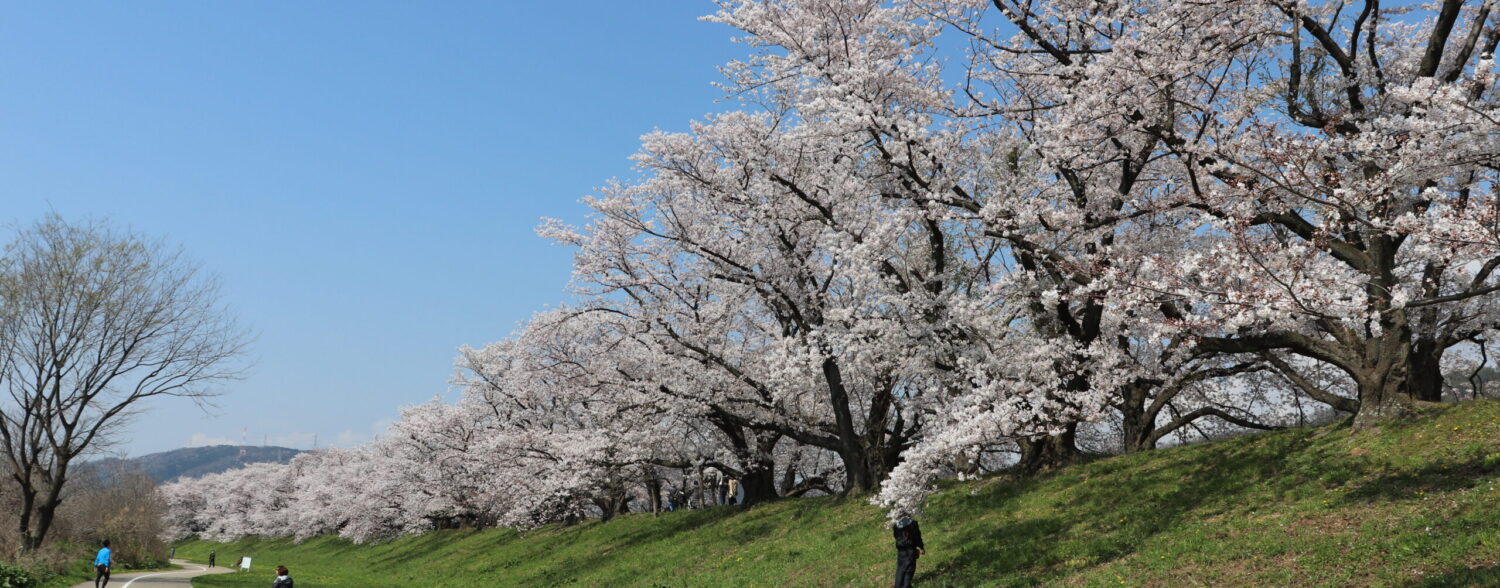
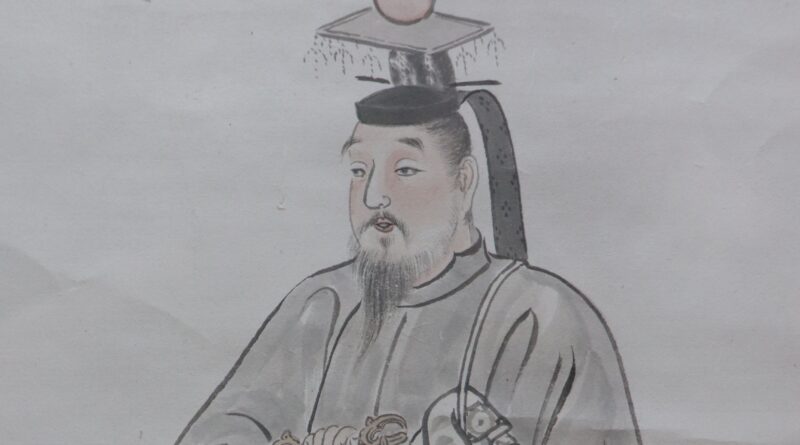
Leave a Reply